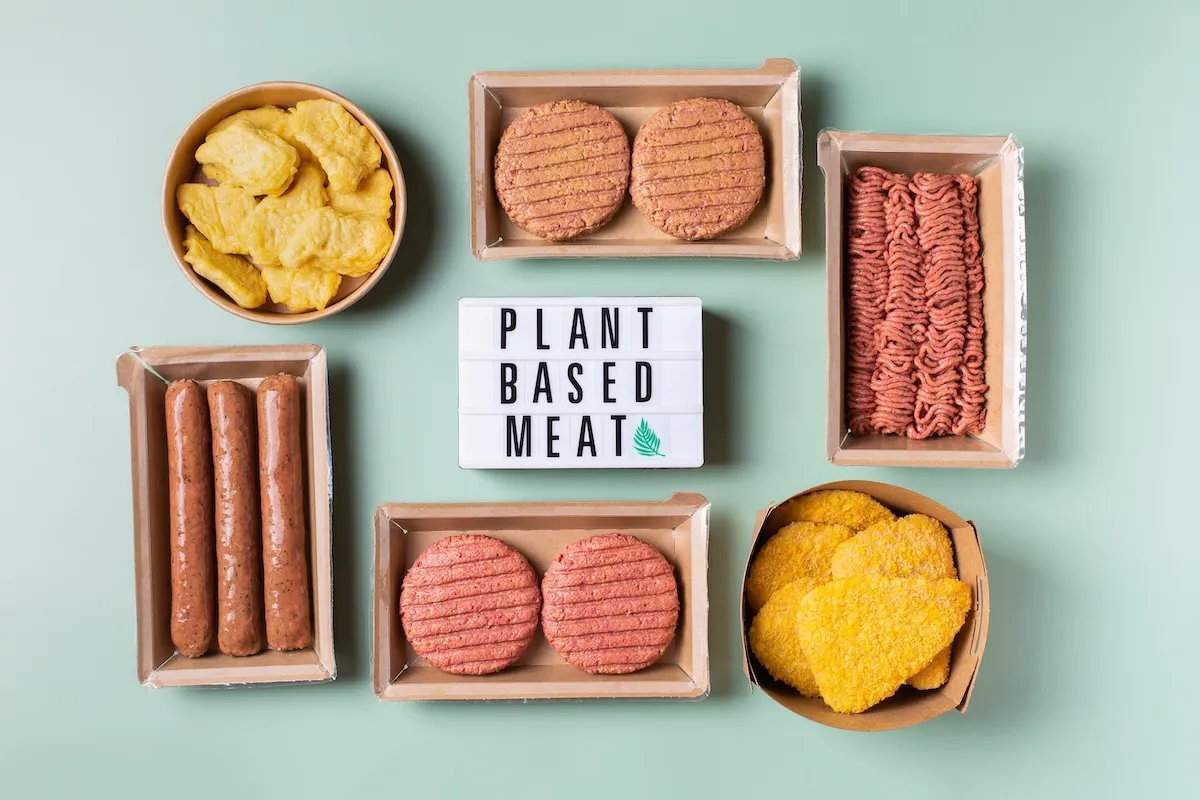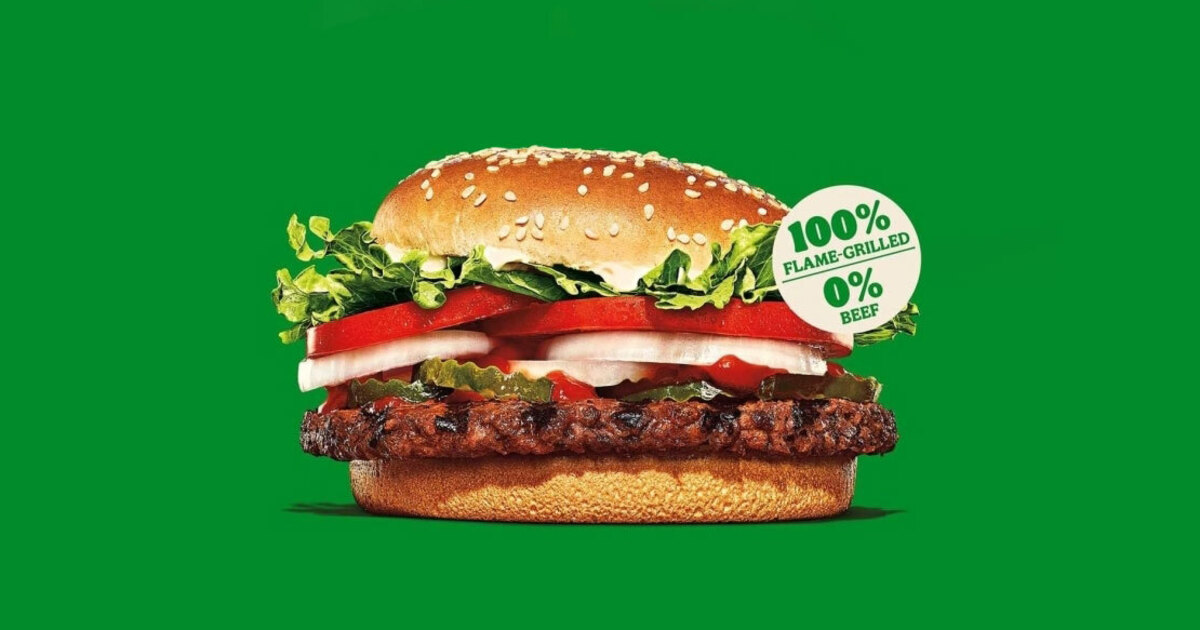Beyond Meat may have led the charge in the early wave of plant-based meat alternatives, but the road from disruptor to category mainstay has been rocky.
Earlier this month, Beyond Meat secured a $100 million investment from Unprocessed Foods LLC – an infusion Brown says comes at a critical juncture for the brand and the broader plant-based meat sector. In an exclusive fireside chat on FoodNavigator‘s Positive Nutrition broadcast, Plants at the Center of the Plate, Brown spoke about the forces that shaped the rise, resistance and future of Beyond Meat and the alternative protein industry.
“If you look at the trajectory of the category and of Beyond Meat, over the last, let’s say, 10 years, we experienced kind of a meteoric rise,” Brown said, adding that the company’s growth “naturally invited some pushback from the incumbent industry” who painted a picture of Beyond’s products as “being processed and full of chemicals.”
That backlash, he argues, was strategic, funded in part by the incumbent industries whose business models depend on conventional meat production.
Available for free on demand: Plants at the Center of the Plate broadcast
Register here for free for the full broadcast to watch Brown’s fireside chat followed by a panel of plant-based and flexitarian industry experts, including:
- Andrew Arentowicz, CEO, 50/50 Foods – offering a blended meat approach that meets flexitarian demand without sacrificing taste or familiarity
- Barbara Connors, VP of Strategy & Acceleration, 84.51 – providing a data-backed view of changing consumer priorities amid economic pressures
- Tara Kozlowich, Director, Global Segment Marketing, Healthful Solutions Protein Fortification, Ingredion – highlighting how texture and nutritional innovation can help plant-based products better meet evolving consumer expectation
Facing the pushback: Clean labels and clearer intentions
Now, Beyond Meat is rewriting that narrative from the inside out with its Beyond IV product line, a clean-label initiative developed in collaboration with Stanford University, nutritionist Joy Bauer and leading health associations. The company has switched to avocado oil, leaned into its North Dakota-based fava bean sourcing and earned certifications from the American Heart Association and the Clean Label Project.
“What we have done is essentially looked inward and said, ‘Okay, how do we become even healthier, even simpler, even cleaner, so that there’s very few targets that people can attack,’” Brown explained.
‘Radical transparency’ as a growth strategy
Brown’s perspective on “processing” goes beyond optics. He draws an analogy to the ice industry of the 1850s, where misinformation around “artificial ice” initially stalled innovation, only for necessity and science to eventually prove its worth.
“The most processed part of our products is the protein, and that process is actually very clean,” he said. He explained the processing includes running the protein “through heating, cooling and pressure on the same machines that are used for pasta to form the muscle structure.”
While much of the category is contending with consumer mistrust, Beyond Meat’s strategy has become clear: transparency, health-forward innovation and redefining the center of the plate.
“The idea that you can use a lot of ingredients to create something that is a facsimile of animal protein, but has ingredients people do not want, is a failed idea,” he said. “I would take a product that is a close, but not a perfect, approximation but has a super clean set of ingredients.”
The company also is leaning into its farmer relationships – highlighting regenerative benefits from crops, like fava beans, which deposit nitrogen into the soil and reduce the need for synthetic fertilizer, he added.
The plant-based sector is entering its “fourth lane,” according to Brown, where the next generation of products may not even attempt to mimic meat, but instead stand on their own as efficient, clean functional proteins.
“We are taking the energy sun that is being used by plants to form proteins, and we are taking that protein and delivering it right to the consumer‘s plate. Over time that will be seen as a cleaner, better process,” he said.



